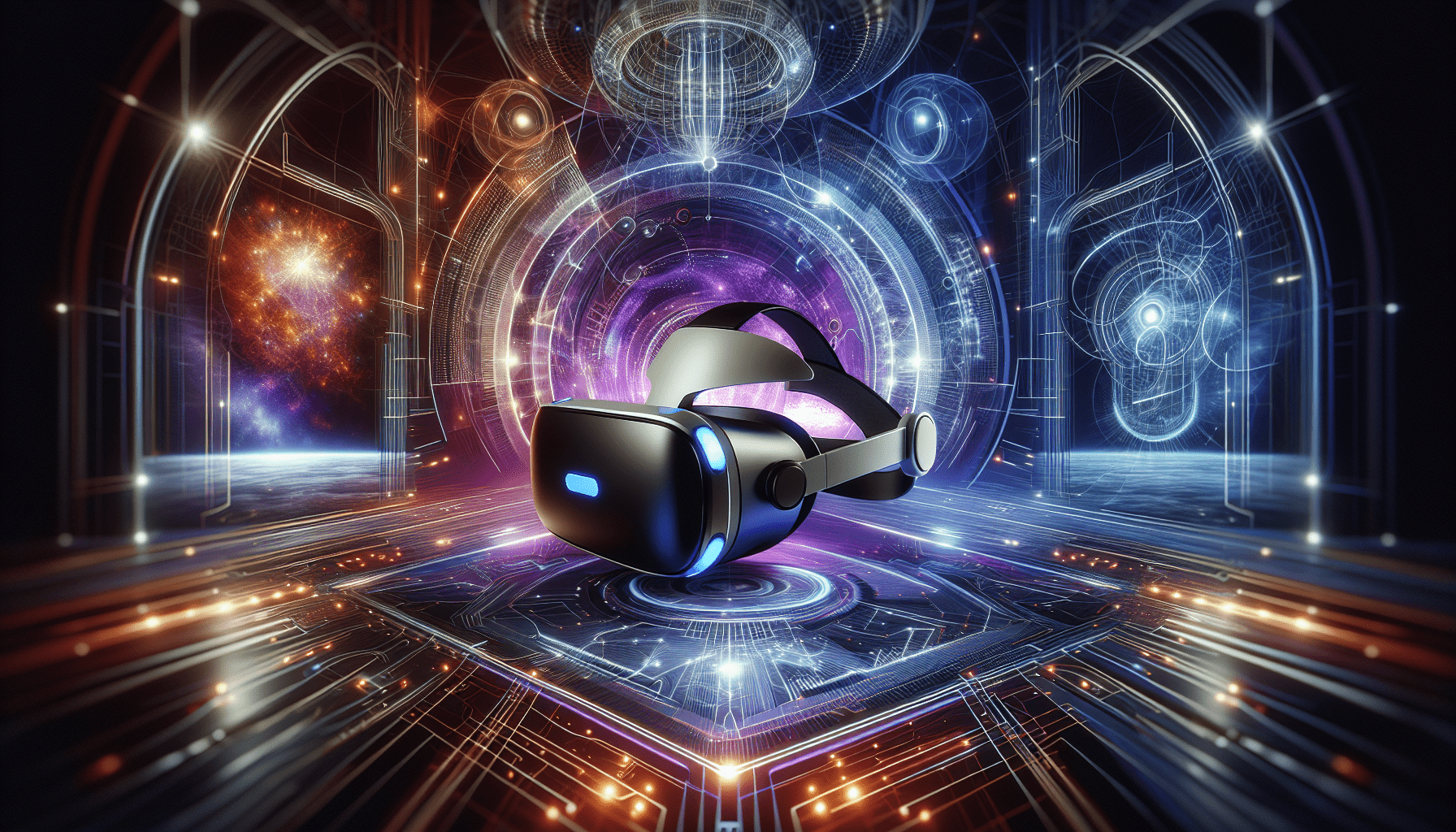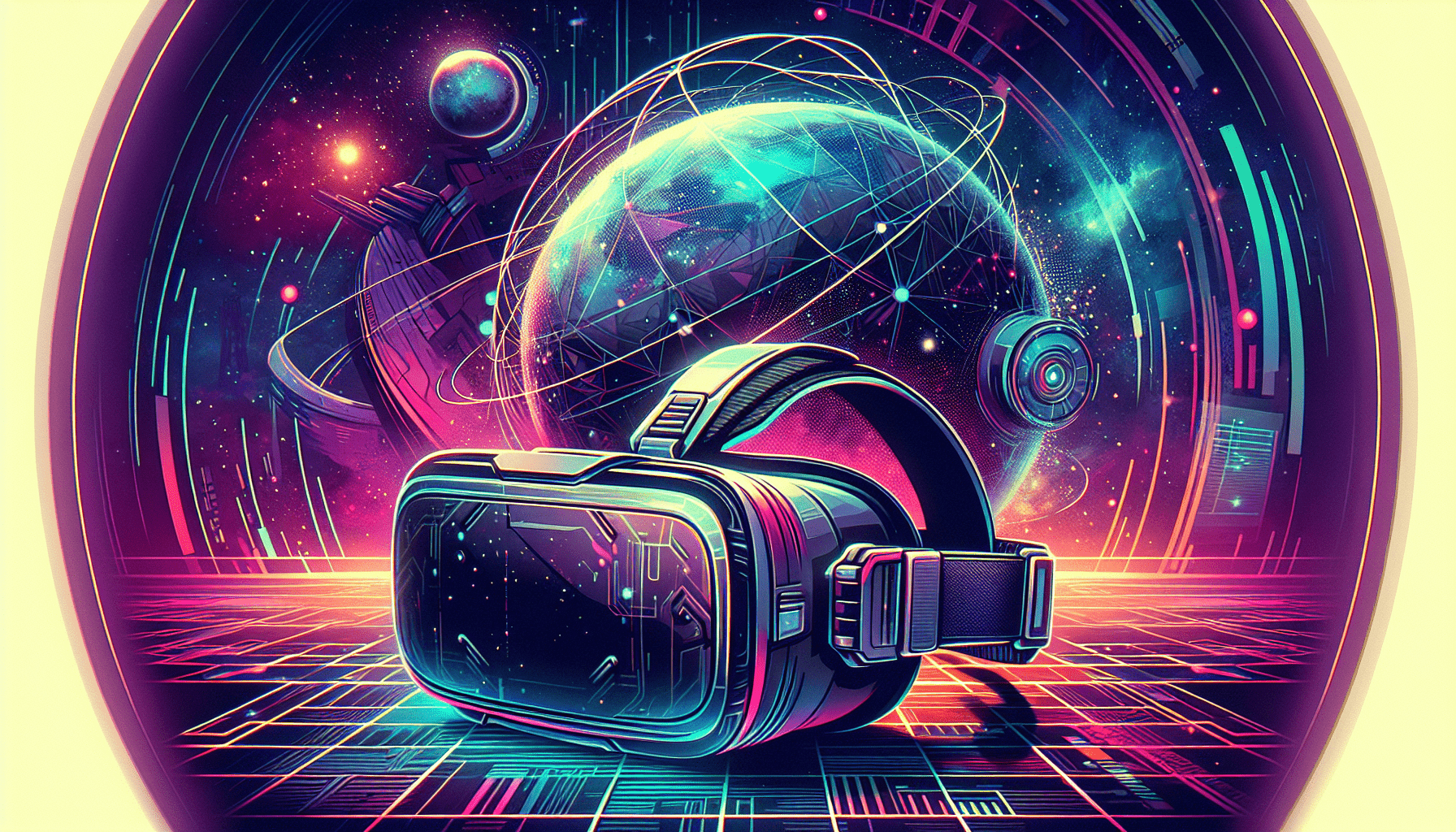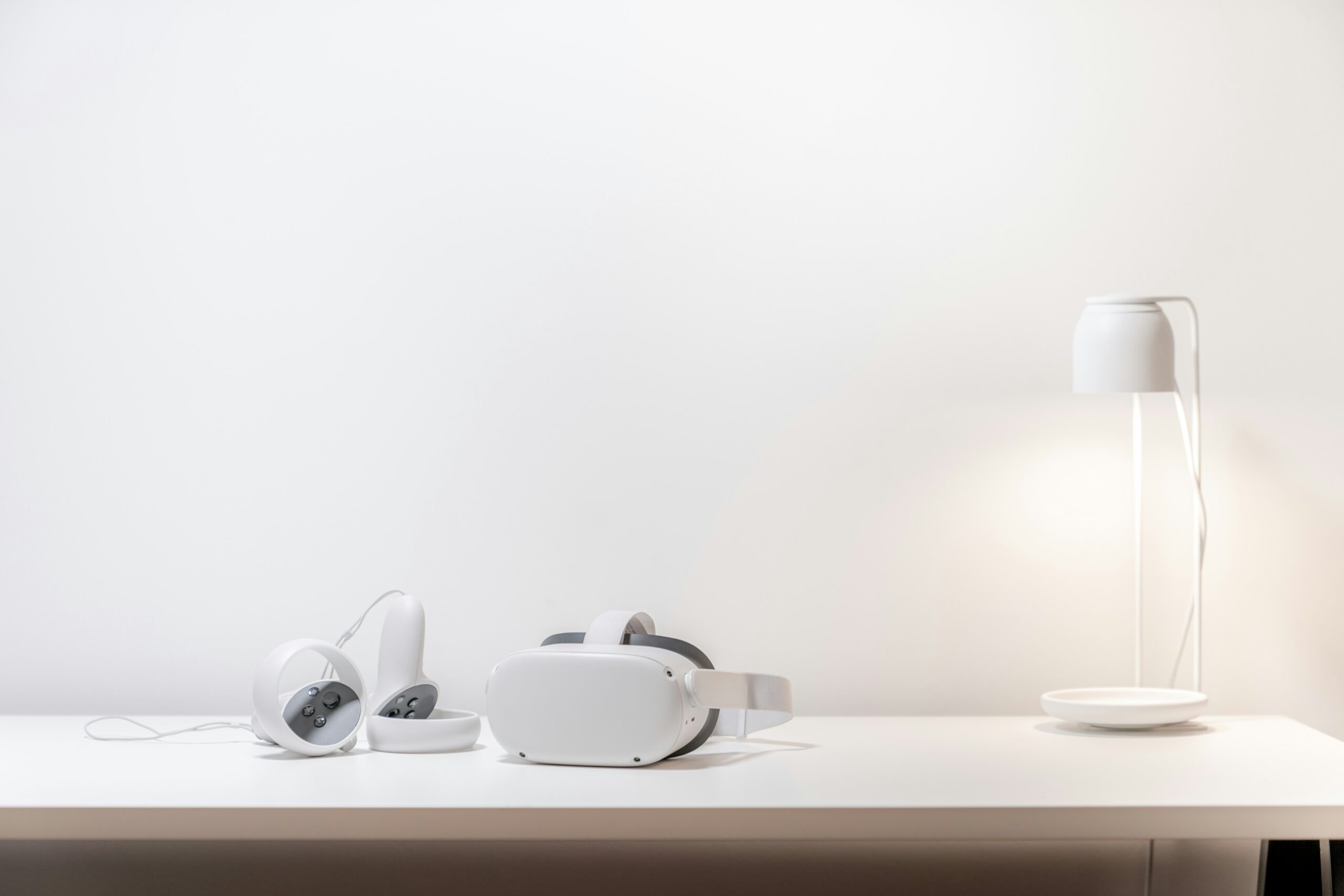Exploring Virtual Reality opens up a world where the line between digital and real blurs, inviting you to experience the extraordinary. In this article, you’ll discover the practical uses of virtual reality—far beyond the realms of gaming and entertainment. Imagine stepping into a virtual classroom for immersive learning, using VR for intricate medical training, or even taking virtual tours of distant historical sites from the comfort of your home. As you delve deeper, you’ll see how this technology is revolutionizing industries and enhancing everyday experiences, making the impossible possible. Have you ever wondered what it would be like to step into a different world without leaving your living room? Well, that’s one of the many wonders of Virtual Reality (VR)! Not too long ago, VR sounded like something out of a science fiction novel, but today’s technology has made it more accessible and practical for a wide range of applications.

$30 off $400+ Anycubic Products with code AC30OFF
What is Virtual Reality?
Virtual Reality is a simulated experience that can be similar to or completely different from the real world. It leverages sophisticated hardware and software to create immersive environments that trick your senses into feeling like you’re somewhere else. With VR, you’re not just watching or looking at a screen—you’re interacting with a 3D world.
The Basics of VR Technology
The concept of VR hinges on two major components: hardware and software.
Hardware:
- Headsets: Devices like the Oculus Rift, HTC Vive, and PlayStation VR provide the core VR experience. These headsets track your head movements and display the virtual environment accordingly.
- Controllers: Handheld devices that allow you to interact within the VR world. They track the movement of your hands and can simulate actions like grabbing objects, pressing buttons, or even wielding a sword.
- Sensors: Cameras or external sensors enhance the tracking capabilities, ensuring that your movements in real life are accurately translated into the virtual world.
Software:
- Applications and Games: The virtual experiences themselves, designed by developers who craft intricate 3D worlds. These range from educational tools to entertainment-based games.
- Engines & Platforms: Many VR experiences are built using engines like Unity or Unreal Engine, providing the foundational tools for developers.
Practical Uses of Virtual Reality
Now that you’ve grasped the basics, let’s dive into the exciting practical applications of VR. It’s not just about gaming—VR can be used in medicine, education, real estate, and even mental health therapies.
Virtual Reality in Medicine
The medical field has been one of the most promising areas for VR applications. Here are some fascinating examples:
Surgical Training and Simulation: Through VR surgical simulations, medical students and surgeons can practice procedures without the risk associated with real-life surgeries. It enhances their preparation and can lead to better outcomes for patients.
Pain Management: Believe it or not, VR is being used to help manage pain. By immersing patients in a virtual environment, their focus shifts away from the pain. Specialized VR applications have been developed to help individuals with chronic pain, burn victims, and women in labor.
Physical Therapy: VR-based physical therapy programs allow patients to engage in rehabilitative exercises in fun and engaging ways. These tailored programs can be customized to an individual’s needs, making the recovery process more effective.
Virtual Reality in Education
Education is another domain where VR is making significant strides. Picture yourself walking through ancient Rome for a history lesson or exploring the human body from the inside for a biology class.
Enhanced Learning Experiences: VR can turn traditional teaching methods on their heads by providing immersive experiences. Teachers can take students on virtual field trips, deepening their understanding and retention of the material.
Remote Learning: Especially in the wake of recent global events, remote learning has become incredibly important. VR classrooms break down geographical barriers and bring students from different parts of the world into a shared, interactive space.
Virtual Reality in Real Estate
Say goodbye to the days of viewing a house in person multiple times before making a decision. Virtual tours are revolutionizing the real estate industry.
Virtual Tours: Potential buyers can take a 3D tour of a property without physically being there. It saves time for both realtors and clients and provides a more comprehensive view of what a property has to offer before scheduling an in-person visit.
Architectural Visualization: Architects can use VR to showcase their designs to clients much more effectively. Instead of blueprints and 2D plans, clients can walk through their future homes or offices, making it easier to understand spatial dimensions and overall design.
Virtual Reality in Mental Health
Mental health professionals are finding innovative ways to incorporate VR into therapies and treatments.
Exposure Therapy: This is widely used for treating phobias and anxiety disorders. For example, an individual with a fear of heights can be gradually exposed to high places in a controlled, virtual environment, thereby reducing their anxiety over time.
Mindfulness and Relaxation: Virtual environments can be designed to be tranquil and calming, offering guided meditation and relaxation exercises. This can help reduce stress, improve mental clarity, and enhance overall well-being.
Buy Photon Mono M5 Get Free 1KG Resin
VR in Entertainment and Gaming
Of course, it would be remiss not to mention the impact of VR on entertainment and gaming. The sector that has arguably seen the most enthusiastic adoption of VR technology.
Immersive Gaming Experiences
VR adds an entirely new dimension to gaming. No longer are you a passive player; VR games make you an active participant in the story.
Social VR Platforms
These are platforms like VRChat, where users can interact with each other in a virtual space. It’s an intriguing blend of social media and virtual reality, offering a platform for meeting new people, attending virtual events, and even participating in games together.
VR in the Workplace
From virtual meetings to training sessions, the corporate world is beginning to embrace VR technology.
Remote Collaboration
Companies like Spatial offer VR meeting platforms where team members can collaborate in real-time, regardless of their physical location. This makes remote work feel more connected and productive.
Training and Development: Training employees using VR can be more effective and engaging than traditional methods. By putting employees in various simulated scenarios, they can gain practical experience without real-world consequences.
Product Design and Prototyping
Engineers and designers can use VR to visualize and test prototypes in a virtual environment, making it easier to spot potential issues before they move to the costly production phase.

The Future of Virtual Reality
The potentials for VR are virtually limitless. But what does the future hold?
Advancements in Hardware and Software
We’ve only scratched the surface of what VR technology can accomplish. Future advancements could bring more lightweight, affordable, and higher-resolution headsets, making VR more accessible to the average consumer.
Integration with Other Technologies
Imagine combining VR with other emerging technologies like Artificial Intelligence (AI), the Internet of Things (IoT), and augmented reality (AR). Such integrations could spawn new, unprecedented applications in various fields.
Conclusion
Whether it’s stepping into an ancient civilization for an educational tour or practicing complex surgeries without any real-life consequences, the applications of VR are numerous and exciting. As technology continues to evolve, so will the possibilities for utilizing VR in ways we can only begin to imagine.
$30 off $400+ Anycubic Products with code AC30OFF




